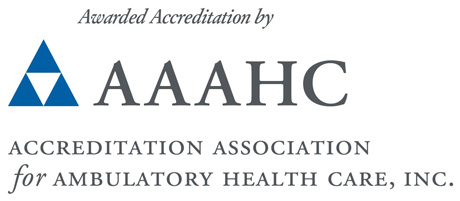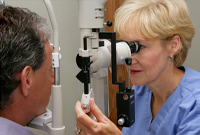Northland Eye Surgery Center
Your eye surgeon’s surgical skill directly impacts the procedure’s success – the better your surgeon is, the better your results will be. That is why it is so important to choose a board certified ophthalmologist with decades of surgical experience and a track record of success. Surgical procedures are performed at our Northland Eye Surgery Center in Liberty. Our Center has earned the Accreditation Association for Ambulatory Health Care’s (AAAHC) Certificate of Accreditation. It symbolizes our commitment to quality and the highest standards of care. As a comprehensive eye care practice, Northland Eye Specialists performs a variety of surgical procedures such as cataract surgery, eyelid surgery and intraocular lens implants. As a Northland Eye Specialists patient, you have access to the most skilled experts in the Northland for your eye surgery.
Though many surgical procedures are routine by today’s standards, we understand they are not routine for you. The Surgery Center staff will answer your questions, follow up with compassion and do what’s necessary to make sure you’re comfortable before and after surgery.
No Surprise Act
Your Rights and Protections Against Surprise Medical Bills




